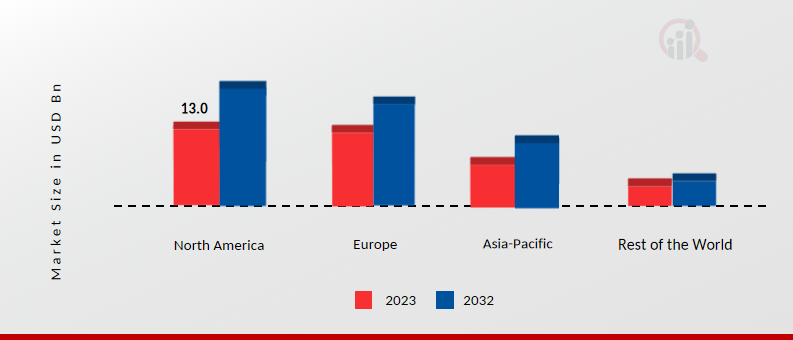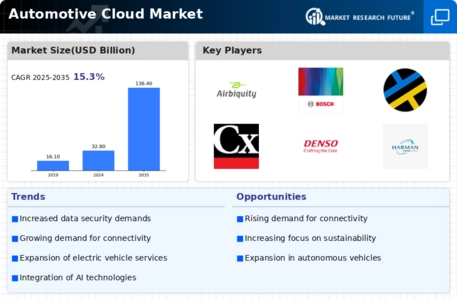By region, the study provides the market insights into North America, Europe, Asia-Pacific and the Rest of the World. The North American automotive cloud market area will dominate this market. The dominance of the North American automotive cloud marketplace area may be attributed to numerous key factors, such as its boom and prominence within the enterprise. One primary motive is the robust presence of leading automotive producers and era corporations situated in North America.
Companies such as General Motors, Ford, Tesla, Google (Waymo), and Apple were at the leading edge of innovation in linked automobiles, the self-reliant driving era, and cloud-primarily based offerings. The attention of industry leaders in North America fosters an ecosystem conducive to the improvement and adoption of automobile cloud solutions using market dominance. Further, the major countries studied in the market report are the US, Canada, Germany, France, the UK, Italy, Spain, China, Japan, India, Australia, and South Korea.
Figure 2: Automotive Cloud Market Share By Region 2023 (USD Billion)

Source: Secondary Research, Primary Research, Market Research Future Database and Analyst Review
Europe automotive cloud market accounts for the second-largest market share. Europe's strong automotive production heritage and its dedication to technological innovation. The vicinity is domestic to famous automakers, which include Volkswagen, BMW, Daimler (Mercedes-Benz), and Volvo, which have embraced virtual transformation and connectivity as crucial components of their cars. This legacy, combined with Europe's engineering information and emphasis on first-class and protection, positions the location as a sizable player in the automotive cloud marketplace. Further, the German automotive cloud market held the largest market share, and the UK automotive cloud market was the fastest growing market in the European region.
The Asia-Pacific automotive cloud Market is expected to grow at the fastest CAGR from 2024 to 2032. The Asia-Pacific (APAC) automotive cloud marketplace's projection for the fastest Compound Annual Growth Rate (CAGR) from 2024 to 2032 can be attributed to several key elements using its increase and enlargement in the location. One primary motive is the burgeoning car enterprise in APAC, fueled via speedy urbanization, growing disposable earnings, and developing Demand for non-public mobility.
As international locations throughout the place revel in financial development and infrastructure enlargement, there is a vast increase in vehicle possession and income, developing a ripe marketplace for automotive cloud solutions. Moreover, China’s automotive cloud market held the largest market share, and the Indian automotive cloud market was the fastest growing market in the Asia-Pacific region.


















Leave a Comment